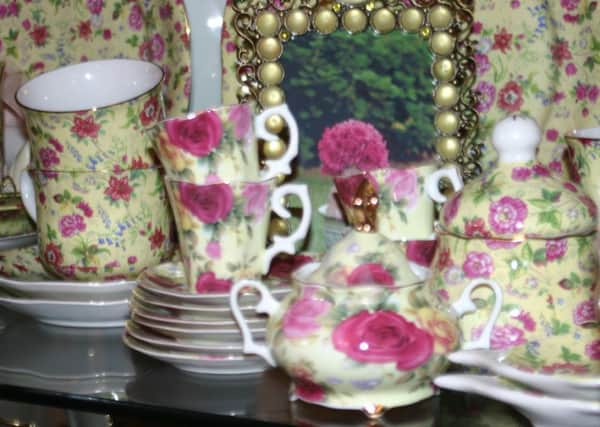Why patterned ware remains highly prized


The Royal Winton company was established in 1885. The company manufactured a diverse range of tableware and decorative designs in moulded earthenware, including lamp bases, candlesticks and dressing table sets.
However it was their Chintzware range of the 1930s that caught the imagination of the collector and that is what Royal Winton is renowned for today.
Advertisement
Hide AdAdvertisement
Hide AdThe pretty, affordable tableware was decorated with all-over floral patterns and produced in large quantities.
Chintzware is desirable worldwide with breakfast sets and stacking tea sets particularly popular with collectors. There were a multitude of designs within the Chintzware range, but Hazel, Julia and Sweet Pea are among the most collectable with teapots, biscuit barrels and hot water jugs being popular shapes.
Restoration is unacceptable in Chintzware so it is vital to check for damage, cracks and fading as this significantly affects the price.
The base of Royal Winton features an impressed mark (for shape), the company mark and a transfer printed mark of the pattern.
Advertisement
Hide AdAdvertisement
Hide AdThe Sweet Pea pattern, introduced in 1936, is highly sought after today.
It was designed with a pale yellow or chrome tallow ground and a gold or deep blue trim enclosing pink and blue flowers.
The flowers are particularly prone to fading and can appear greyish in colour.
Remember that the value of Chintzware lies in the crisp, clear pattern, the irregular shapes and, most importantly, the condition.